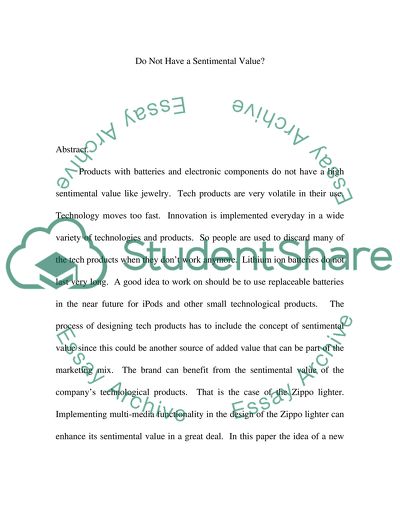Cite this document
(“Tech Products Case Study Example | Topics and Well Written Essays - 5000 words”, n.d.)
Tech Products Case Study Example | Topics and Well Written Essays - 5000 words. Retrieved from https://studentshare.org/technology/1517298-tech-products
Tech Products Case Study Example | Topics and Well Written Essays - 5000 words. Retrieved from https://studentshare.org/technology/1517298-tech-products
(Tech Products Case Study Example | Topics and Well Written Essays - 5000 Words)
Tech Products Case Study Example | Topics and Well Written Essays - 5000 Words. https://studentshare.org/technology/1517298-tech-products.
Tech Products Case Study Example | Topics and Well Written Essays - 5000 Words. https://studentshare.org/technology/1517298-tech-products.
“Tech Products Case Study Example | Topics and Well Written Essays - 5000 Words”, n.d. https://studentshare.org/technology/1517298-tech-products.


